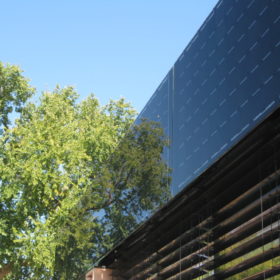Budget 2024-25: Key highlights and analysis
Employment creation and skill development have been at the core of this budget. While there is a lot of emphasis on skill development, there needs to be an emphasis on how money is allocated for skilling and reselling of people for the clean energy sector.
PM Surya Ghar Muft Bijli Yojana: Challenges and Solutions
Mandating stringent quality and performance standards is imperative to safeguard consumers from potential exploitation in the burgeoning rooftop solar market. The technology to do this exists, but we need to see if the will is there.
Solar power on the rise: A buying spree fuelled by innovation and price wars
While companies grapple with razor-thin margins, these price wars are accelerating the adoption of solar power globally.
Weak demand continues to exert downward pressure on solar module prices
In a new weekly update for pv magazine, OPIS, a Dow Jones company, provides a quick look at the main price trends in the global PV industry.
How solar PV modules transform commercial buildings into eco-friendly powerhouses
By integrating solar PV modules, commercial buildings can not only significantly reduce their environmental impact but also reap financial benefits and improve public image.
The EV charging boom: A $1 trillion opportunity by 2040
The EV charging sector is on the brink of unprecedented growth, with a trillion-dollar investment forecasted by 2040. While the path to this future is fraught with challenges, it also offers immense opportunities for innovation and economic growth.
India leading the solar wave to become world’s second-largest module manufacturer
Continued government support, coupled with strategic investments in technology and infrastructure, will be crucial in realizing India’s renewable energy goals and cementing its position as a global leader in solar module manufacturing.
Wafer prices stable-to-soft on weak demand
In a new weekly update for pv magazine, OPIS, a Dow Jones company, provides a quick look at the main price trends in the global PV industry.
Solar industry grapples with oversupply and uncertainty
The solar industry stands at a critical juncture. Oversupply, regulatory hurdles, and technological advancements are all reshaping the landscape. Manufacturers must adapt swiftly, balancing production with demand while navigating the complexities of global trade.
Lifecycle management in renewable energy projects
Routine inspections, monitoring systems, and predictive maintenance techniques play a vital role in optimizing energy output and ensuring the success and longevity of solar and wind power projects.












